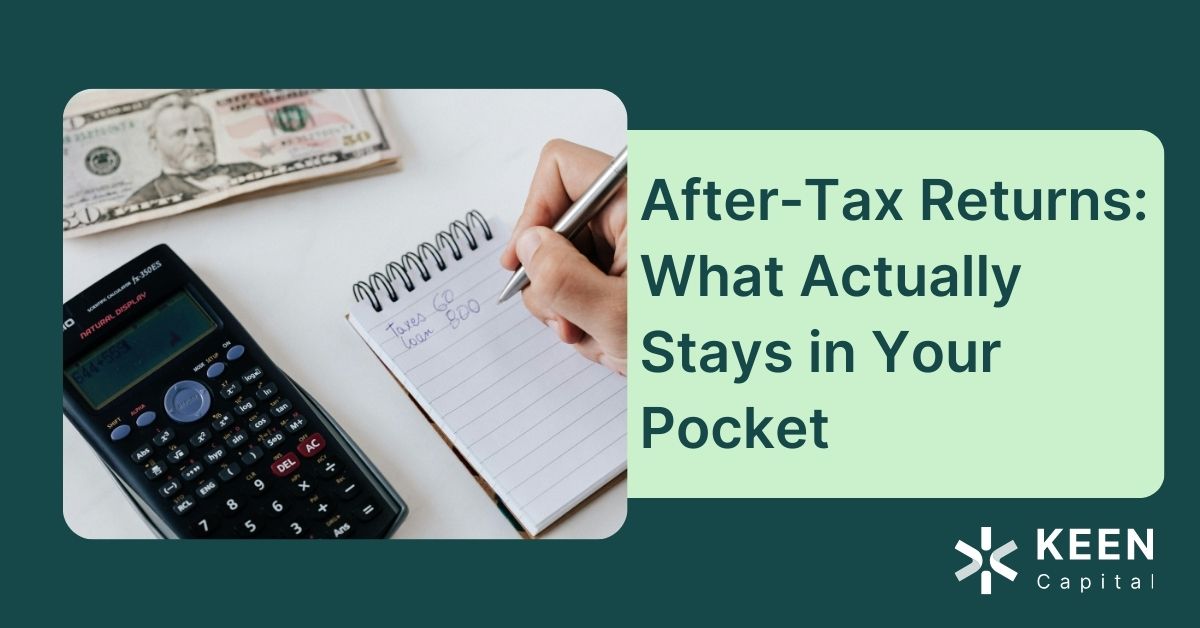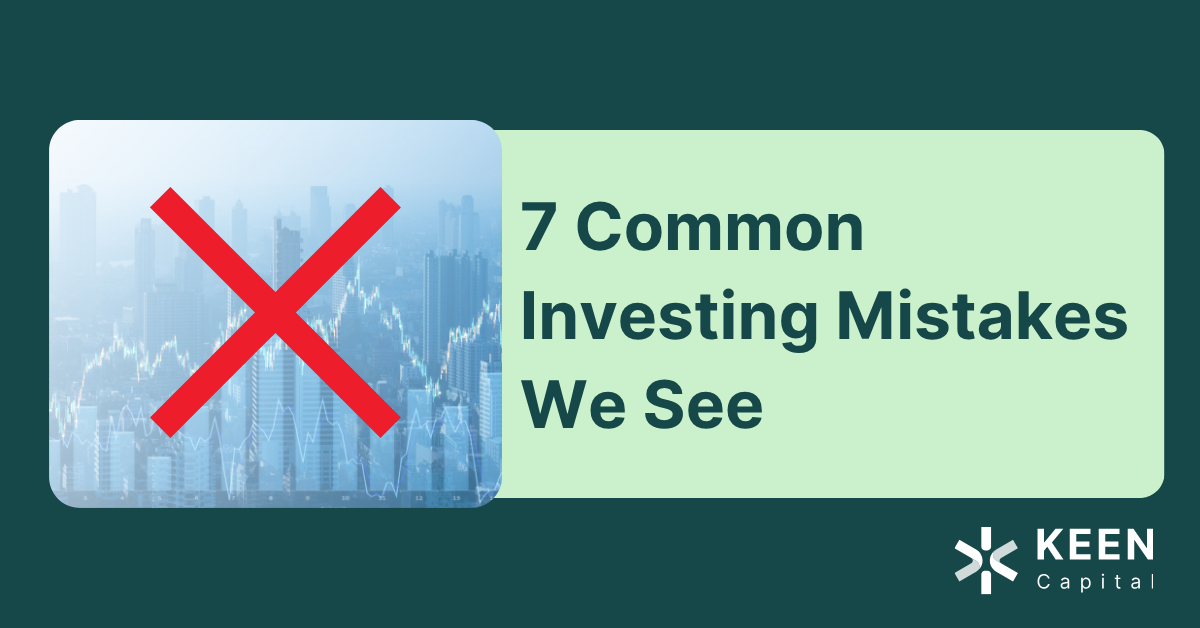Most people check the return on an investment and stop there. 6%, 8% or 10%. Those matter. But the number that really matters is how much of that return you keep after taxes. That’s the money you can actually spend, give away or reinvest.
For high-income earners or high net worth families, the gap between pre-tax and after-tax returns can be huge over time. That difference can add up to millions over a multi-decade horizon.
In this post we’ll show you why after-tax returns matter, how to see what you’re really earning, and a few simple moves to keep more of what you make.
Why After-Tax Returns Matter
Not all investment income is taxed the same way. Interest from a bond or a savings account is taxed at your highest income tax rate. Long-term capital gains and qualified dividends are usually taxed at lower capital gains rates. Withdrawals from a Roth IRA can be tax-free, while required distributions from a traditional IRA are fully taxable.
Those differences change how much of each dollar you actually keep. If you’re making retirement or investing decisions without thinking about after-tax results, you’re missing a key part of the picture.
How to Convert a Pre-Tax Into an After-Tax Rate of Return
Here’s a simple example. Let’s assume a pre-tax rate of return on your investment to be 6% in a year:
- If that 6% is taxed at 35% (like ordinary income), you only keep 3.9%.
- If it’s taxed at 15% (like long-term capital gains), you keep 5.1%.
- If it’s tax-free (some municipal bond interest), you keep the full 6%.
The exact numbers depend on your own tax rates, but you can see how the same investment return can translate into very different amounts of money in your pocket.
5 Practical Ways To Keep More Of Your Return
1. Look At After-Tax Results, Not Just Headline Returns
Ask your advisor to show you projections that include taxes, not just growth. This will give you a more realistic picture of how your money will last.
2. Put The Right Investments In The Right Accounts
Some investments are more tax-heavy than others. For example, actively managed bond funds throw off a lot of taxable interest. It often makes sense to keep those inside tax-deferred accounts.
More tax-efficient investments, like some ETF’s, can work well in a taxable account. This is sometimes called asset location, but you can think of it as simply parking the right things in the right places.
3. Use Losses To Offset Gains
If an investment has lost value, selling it can offset gains elsewhere on your tax return. This is called tax-loss harvesting. Done carefully, you stay invested while lowering your tax bill. Watch for mutual funds with high turnover as this is often a sign of higher taxes.
4. Consider Tax-Free Bonds For Taxable Accounts
If you’re in a high bracket, municipal bonds can provide similar or even better after-tax income than taxable bonds. Compare the tax-equivalent yield of both options and the characteristics of each market with your advisor before deciding.
5. Plan Roth Conversions And Withdrawals Ahead
Converting some of your traditional IRA to a Roth IRA in moderate tax years can reduce future required withdrawals and taxes. Spread conversions out over several years, so you don’t push yourself into a higher bracket all at once. Also consider multiple alternatives in low tax year including taking capital gains at 0% or using multiple income sources.
We Help You Maximize Your After-Tax Investment Returns
The return you see on a statement is not always the return you get to use. Two investors with the same pre-tax returns can end up with very different outcomes because of taxes. The good news is, there’s a lot you can do about it with tax-managed investing.
If you’d like to see what your investments are really earning after taxes and how some changes could improve that, we’d be happy to run the numbers for you.
Book an introductory call with KEEN Capital and we’ll show you how to keep more of what you make.
Until next time!



